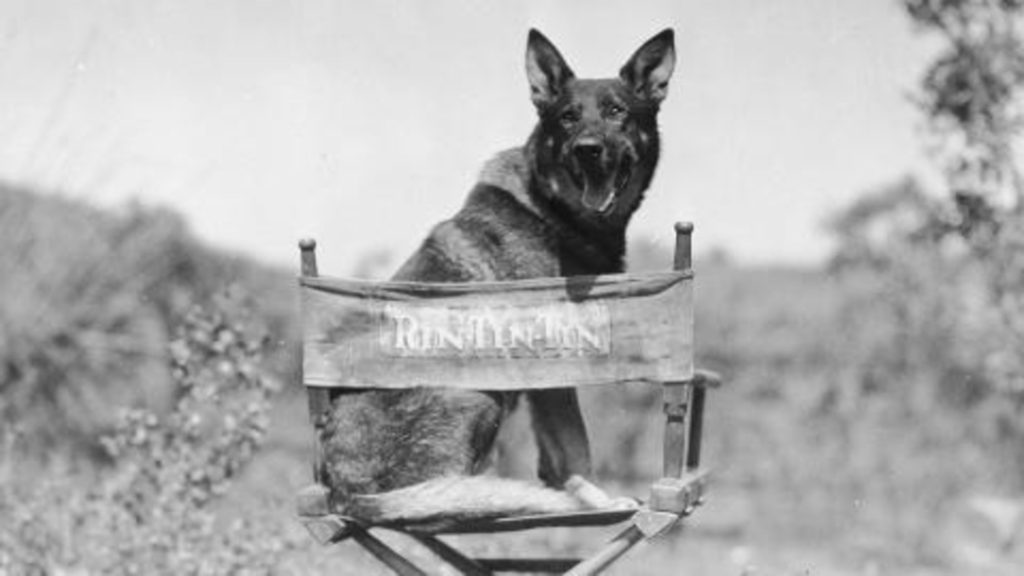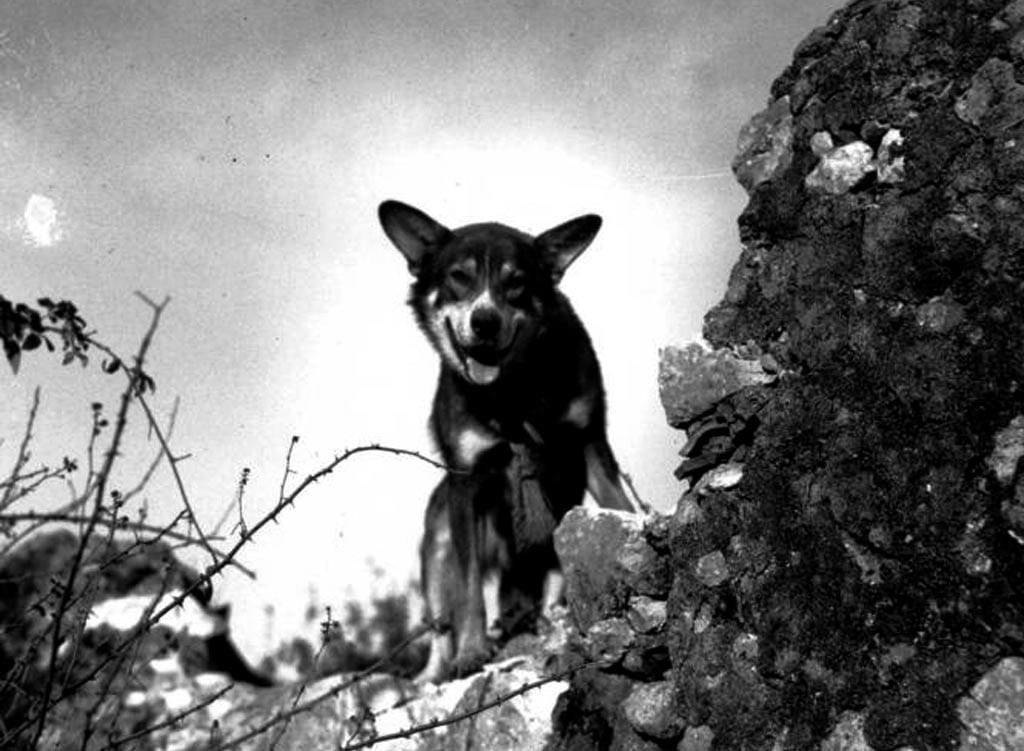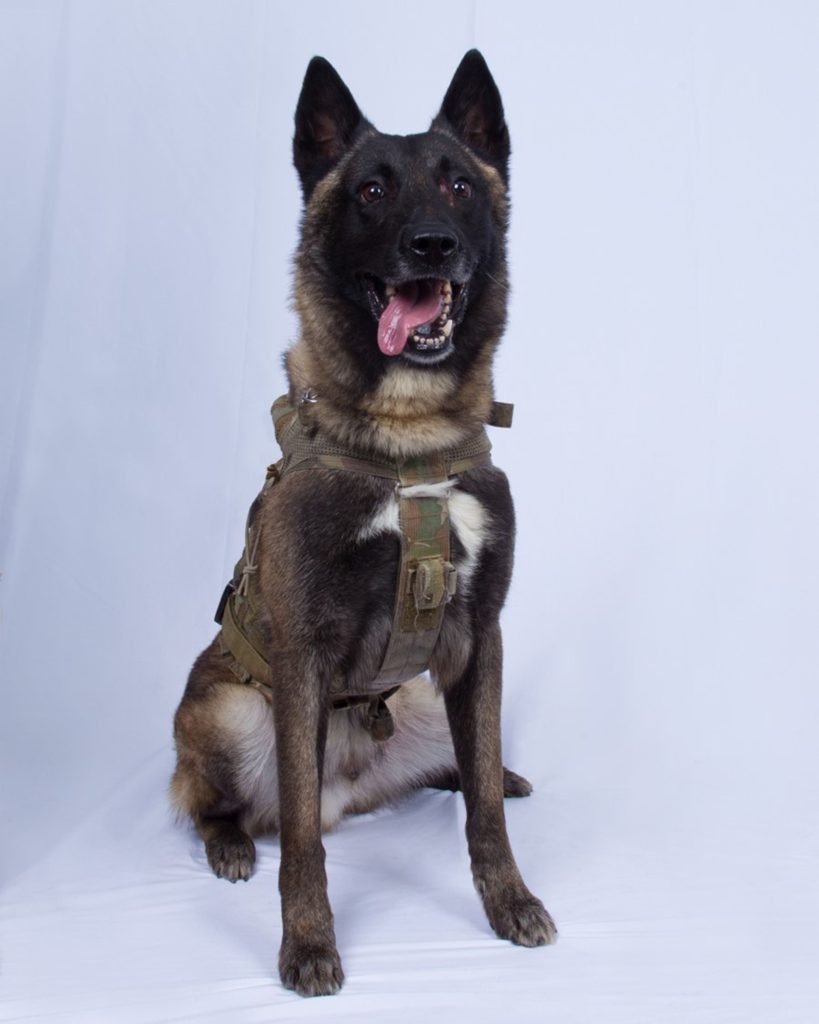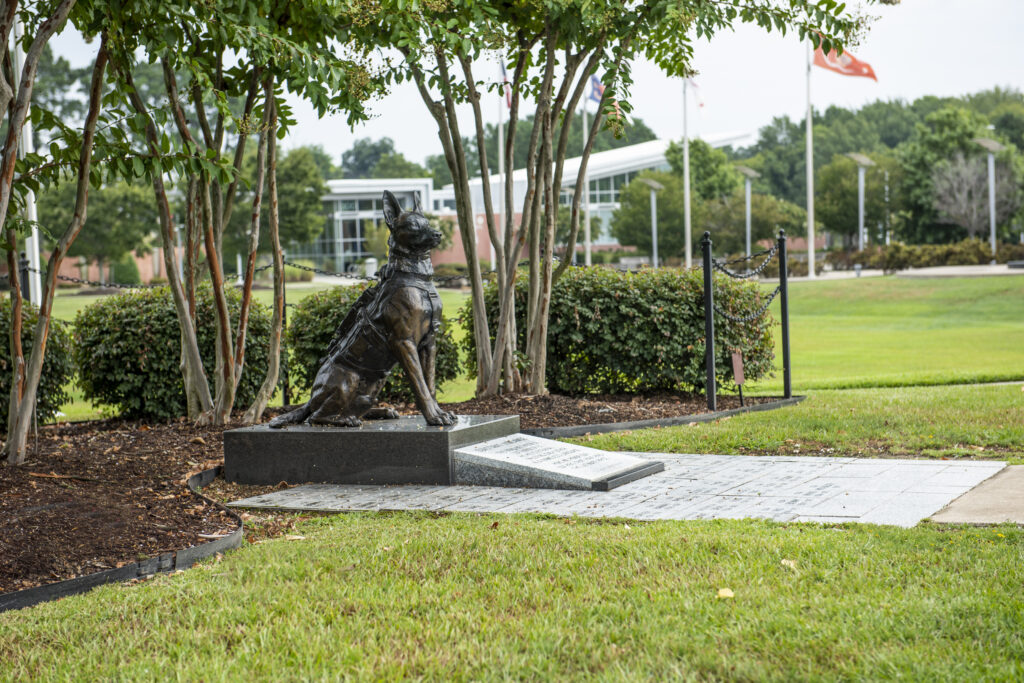The History of K9 Corps In The U.S. Army
March 13, 1942, marks the official birthday of the U.S Army K9 Corps! On this day, the U.S. Military began actively recruiting and training canine forces. To honor the service and sacrifice of U.S. Military Working Dogs, the day is now recognized as National K9 Veterans Day.
Well over a million dogs served on both sides during World War I, carrying messages along the complex network of trenches and providing some measure of psychological comfort to the soldiers. The most famous dog to emerge from the war was Rin Tin Tin, an abandoned German war dog found in France in 1918 and taken to the United States, where he made his film debut in the 1922 silent film The Man from Hell’s River. As the first animal movie star, Rin Tin Tin made the little-known German Shepherd breed famous across the country.

In the United States, the practice of training dogs for military purposes was largely abandoned after World War I. When the country entered World War II in December 1941, the American Kennel Association and a group called Dogs for Defense began a movement to mobilize dog owners to donate healthy and capable animals to the Quartermaster Corps of the U.S. Army. Training began in March 1942, and that fall the QMC was given the task of training dogs for the U.S. Navy, Marines and Coast Guard as well.
The K-9 Corps initially accepted over 30 breeds of dogs, but the list was soon narrowed to seven: German Shepherds, Belgian sheep dogs, Doberman Pinschers, collies, Siberian Huskies, Malumutes and Eskimo dogs. Members of the K-9 Corps were trained for a total of 8 to 12 weeks. After basic obedience training, they were sent through one of four specialized programs to prepare them for work as sentry dogs, scout or patrol dogs, messenger dogs or mine-detection dogs. In active combat duty, scout dogs proved especially essential by alerting patrols to the approach of the enemy and preventing surprise attacks.
The top canine hero of World War II was Chips, a German Shepherd who served with the Army’s 3rd Infantry Division. Trained as a sentry dog, Chips broke away from his handlers and attacked an enemy machine gun nest in Italy, forcing the entire crew to surrender. The wounded Chips was awarded the Distinguished Service Cross, Silver Star and the Purple Heart—all of which were later revoked due to an Army policy preventing official commendation of animals.

Special Forces K9 Corps
In modern military K9 Corps, the vast majority of the dogs are German Shepherds, Dutch Shepherds, and Belgian Malinois. Other breeds may be used in specialized roles, such as retrievers, which are preferred for odor detecting dogs. Less than one percent of all military canines are selected for Special Operations missions. Special Operations Forces (SOF) K9s are multi-purpose canines, utilized for sniffing out bombs, scouting, patrol work, and can be used in parachute and rappel operations. SOF K9s are outfitted with specialized gear and develop strong connections with their handlers.
In October 27, 2019, a special operations military working dog named Conan took part in the Barisha raid in Syria, which resulted in the death of Abu Bakr al-Baghdadi, the then-leader of the Islamic State of Iraq and the Levant (ISIL, ISIS) terror organization. He chased Baghdadi down into a tunnel where the terror leader detonated his suicide vest. For his actions, Conan was hailed a hero by President Trump during a ceremony at the White House.

ASOM Connection
The picture below depicts the Special Forces K9 memorial Statue on the grounds of the U.S. Army Airborne and Special Operations Museum.
The plaque reads as follows:
“Constant Vigilance – The Bond Between A SOF Handler & His K9 Is Eternal. Trusting Each Other In A Nameless Language. Here We Honor Our SOF K9’s That Have Paid the Ultimate Price.”
This beautiful sculpture was created by Lena Toriton.

Did you enjoy this content? If so, please consider giving a donation to the ASOM to help us continue our mission of educating the public on the history of Airborne and Special Operations Soldiers.



